For a long time, the West did not comprehend why European porcelain vases, trying to replicate the Chinese porcelain vases, were so easily deformed in the fire, sometimes collapsing in the kiln at high firing temperature.
The answer was hidden in the differences of how those porcelain vases were produced.
Europeans vases were formed by casting porcelain slip in plaster forms, with walls of almost even thickness, while Chinese manually shaped them thick on the pottery wheel, let them bone dry, then, on the wheel, using sharp blades, perfected outside contour.
To properly shape vase’s interior on the wheel, they concentrated blindly on the process, using special cutting blades along with their long experience in appreciating wall thickness by listening to the vibrating sound emitted by dry porcelain body.
This way, they created an independent inside contour, which did not follow the outside shape, the wall being increased in thickness in the stressed, weak areas of that particular shape, to withstand deformation under own body weight, with thin walls in areas without stress.
Can you imagine how much patience and experience is needed to do that?
This detail illustrates well the differences in approaches and solutions between Chinese and and Western civilization.

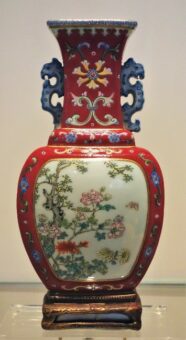
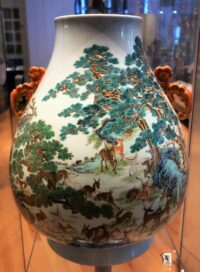
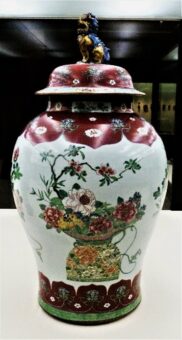
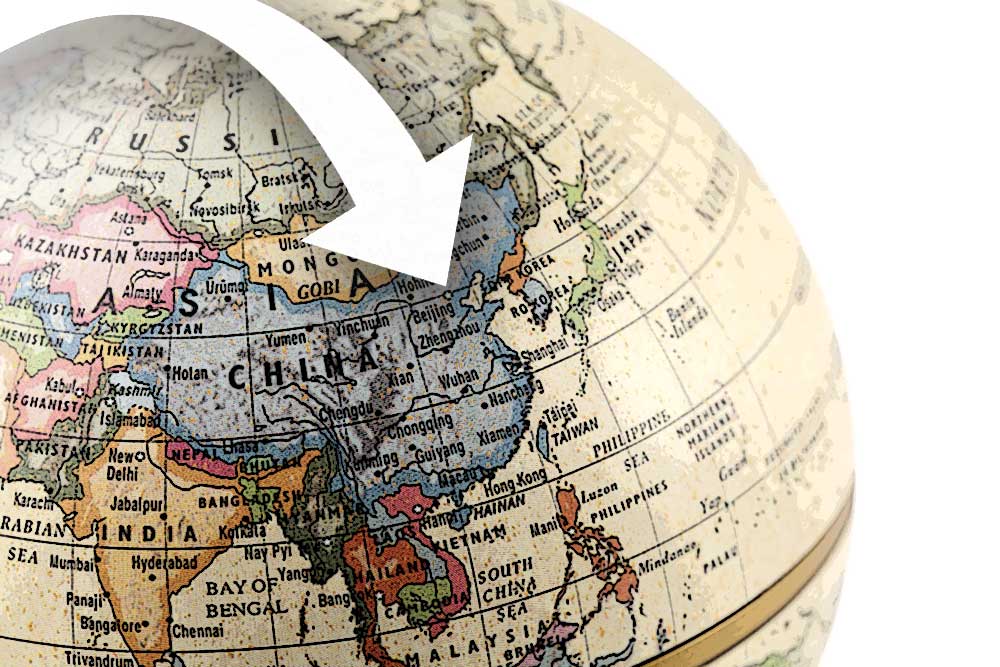
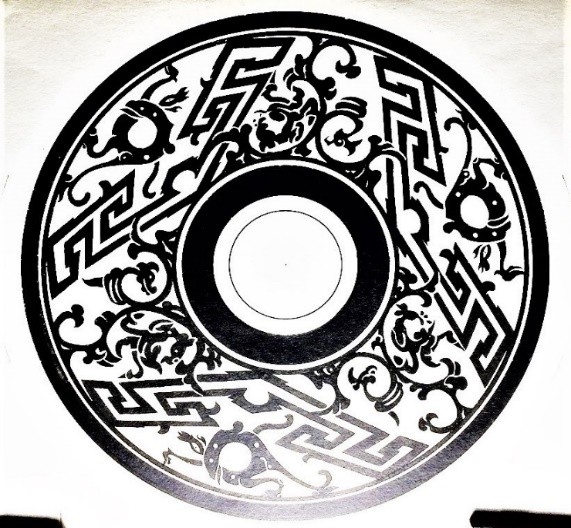
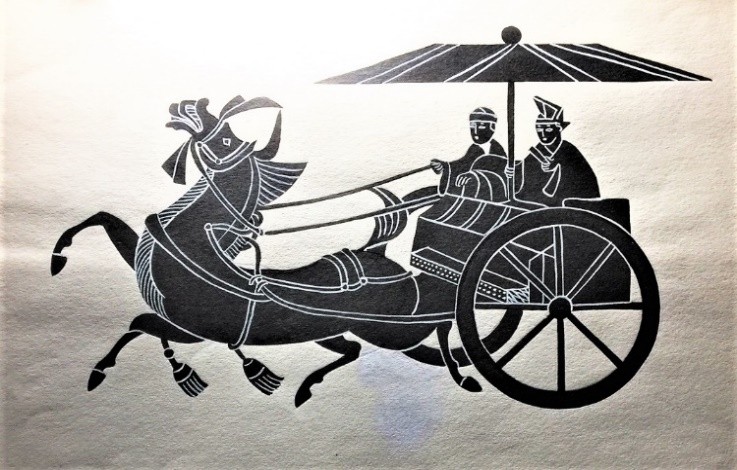

Leave A Comment